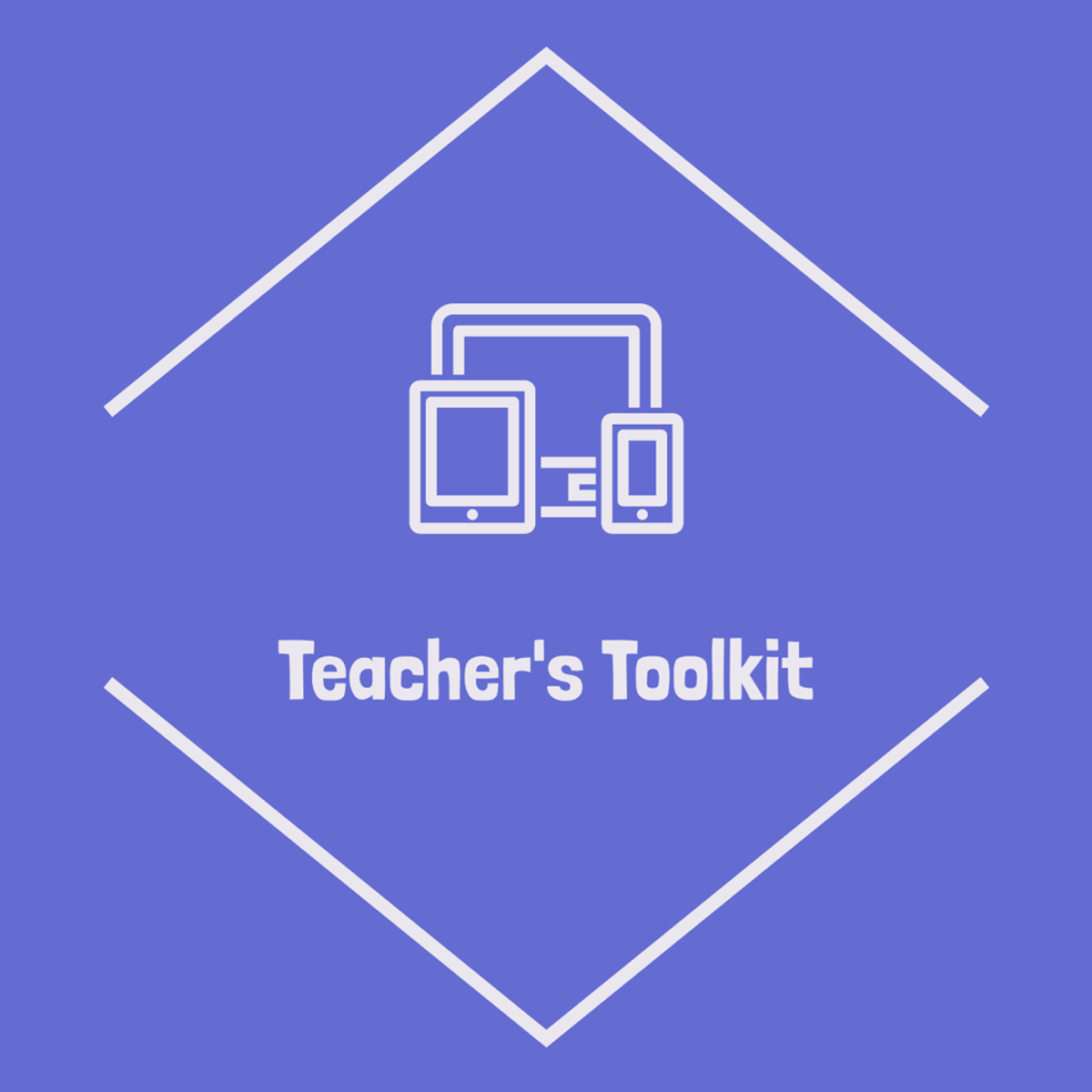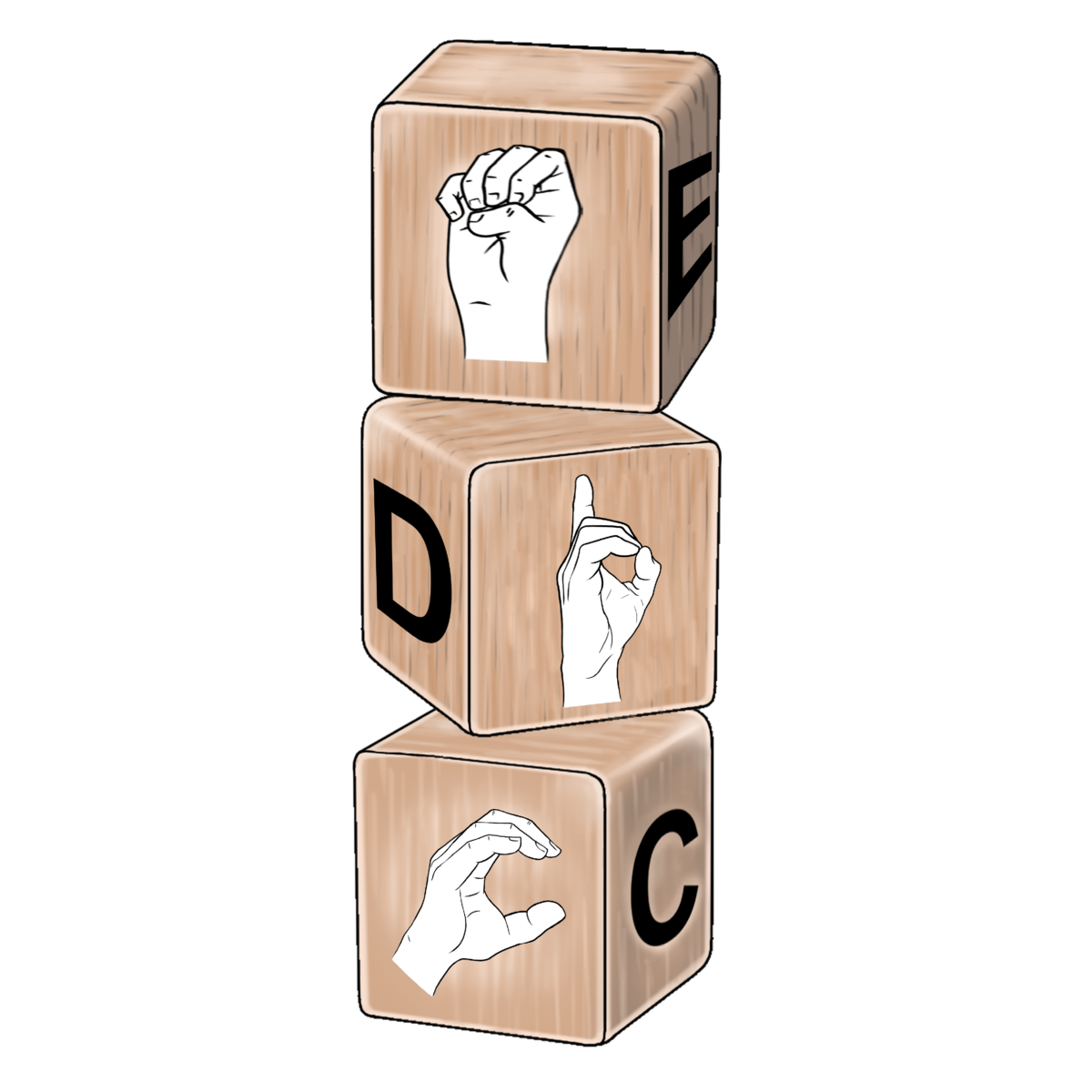Back to Courses









Education Courses - Page 20
Showing results 191-200 of 264

Use Genially to Create Mind Maps
Genially is “the tool that brings content to life.” Genially allows you to map out a learning journey for your students using high interest images and interactive tools. By the end of this project, you will be ready to engage your students by creating mind maps to organize and teach content and to help students show their learning.

Online education: The foundations of online teaching
In a world that’s quickly becoming dominated by mobile technology, flexible working opportunities and a post-pandemic economy, online learning is here to stay. This course introduces you to the basics of reimagining, redesigning and optimising face-to-face offerings for the online environment so that learners feel connected, engaged and motivated to learn.
Educators from around the world who are facing these issues in schools, universities and the vocational education sector are finding they need to adapt by upskilling to meet these changing times. This course will introduce you to the key foundational concepts required for teaching online and will explore how technology has fundamentally changed the way education can be delivered and consumed by learners.
The course will cover questions such as: What is online learning and how does it differ from learning in traditional classroom settings? Do the needs of online learners differ from their face-to-face counterparts? How can I design online learning so that it reflects and meets the needs of my learners? Which tools and resources are readily available and easy to master for facilitating engaging and interactive online learning? These questions and many more will be answered in this course, which is designed for teachers and educators who are new to online learning, or those who are preparing to adapt existing learning resources to an online learning environment.
Learning outcomes
By the end of this course, you’ll:
1. Demonstrate an understanding of the trajectory of online learning, from a historical perspective to contemporary experience and future possibilities
2. Explain how the needs of learners in blended and fully online learning environments differ from traditional face-to-face learning environments
3. Select and use a range of techniques, tools and resources to improve the digital learning skills of learner

Suffering and the Human Condition
Suffering is an inevitable yet poorly understood feature of human existence. This course examines how societies respond to the puzzling reality of human anguish. Among the questions it addresses are the following: What is suffering? Which types of human affliction are unique to the modern world? Have the meaning and portrayal of suffering changed over time? Do digital media sensitize or desensitize us to the anguish of distant others? In addition to introducing students to academic literature and debates on these topics, Suffering and the Human Condition will give them the opportunity to learn a method for studying human affliction that identifies the actors that perpetuate it.

Support for Visual Processing with Microsoft Word
By the end of this project, you will have created multiple tools to assist students in your classroom who need support for visual processing. Whether they would benefit from reading trackers or organizational supports for their work, you will become confident at how to support their needs in order to encourage their success in the classroom.

Antisemitism: From Its Origins to the Present
In this course, 50 leading scholars from all over the world will explore questions and issues relating to antisemitism including: what is antisemitism? How has it changed throughout history? Why can it be found among so many diverse cultures, and even among opposing ideologies? What happened to antisemitism after the Holocaust? How is antisemitism expressed today, and what are the main spheres in which it can be found?

Educating Deaf Children: Becoming an Empowered Teacher
Many Deaf children around the world still leave school functionally illiterate. In some cases there is no allowance made for education of Deaf children at all. This 4 week course provides you with invaluable knowledge and skills about teaching Deaf children. You will learn about the importance of Deaf culture and community, the need for a language rich environment for the Deaf child from as young as possible, and that having access to sign language can help Deaf children academically, emotionally, and socially. We also cover various accommodations and modifications that you can apply in your classroom and learning environment to create an accessible learning experience for Deaf children. You will also find that a shift in attitude will enable you to connect with Deaf children with more understanding. This course does not teach sign language since each country has its own sign language. We hope that through this course you become an empowered teacher - for yourself, for your fellow teachers, and most importantly, for the Deaf children in your classroom.
You will be able to purchase a Verified Certificate if you wish to show evidence of your achievements, but this is optional, and you may apply for Financial Aid if you are unable to pay the certificate fee.

Virtual Teacher Final Project
The Final Project will be a hands-on, comprehensive project that practitioners of virtual education can implement in their profession. For this final project, learners will draft a design plan for an online learning module utilizing materials learned from the virtual teacher series. Learners will choose the subject matter, method of delivery, tools, instructional strategies, and assessments, with the goal of creating a module of online or blended instruction that meets the needs of their students. Learners do not have to create, develop or teach the online learning module they design.
Upon completing this course, you will be able to:
1. Design a fully online or blended instructional module
2. Apply theories and/or strategies of effective online instruction

Responding, Revising and Assessing Student Writings
When writers write, readers respond. Responding to student writing gives teachers one of the most meaningful avenues to help students learn and grow. In this module, learners will identify best practices in effectively responding to student writing. You will also define revision, identify how revision differs from editing, and examine strategies for teaching students how to engage in effective revision. Finally, because writing can also be used for testing, and because all students learn in increments over time, learners will identify a number of strategies for evaluating and assessing student writing, both for individual writings and a student writer’s progress over a period of time. Learners will also consider ways to involve students in both the responding and assessment processes. At the conclusion of this course, learners will have a toolbox full of strategies and practices for these three significant components of any writing class: responding to, revising and assessing student writing.

Social Work Practice: Advocating Social Justice and Change
In this course, you will learn how social workers in the United States engage in creating change and supporting the resilience of individuals, families and communities in this new era.
Learners will have an opportunity to explore the social work profession, the different roles of social workers in a range of settings, the cross cutting themes that guide social work practice, the history of social work, and current challenges.
Using a social justice lens, learners will reflect on current challenges facing the lives of individuals, families and communities and examine ways to advocate for needed changes.
This course can be taken as a stand-alone learning experience or as part of the "Social Work: Practice, Policy, and Research MasterTrack Certificate Program."

Learning to Teach Online
Are you an educator? Have you ever wanted to understand more about how to design your class to make better use of educational technology – whether fully online or in blended contexts? Would you like to learn from those who have extensive practical experience with online technologies?
The Learning to Teach Online (LTTO) MOOC will help you develop a working understanding of successful online teaching strategies that you can apply in your own practice. The course is based upon the multi award winning open educational resource developed by Dr Simon McIntyre and Karin Watson.
Integrating online technologies into your teaching can be a challenging prospect, and it can be difficult to know how to approach it effectively for the benefit of both students and yourself. No one knows your own content and teaching strengths better than you, and the “one size fits all” formula doesn’t always suit everyone. No matter what type of technology you are interested in exploring or your level of experience, this course will help you draw on your teaching strengths and find the approach that is right for you, your students and your educational context.
This course will guide you through your journey of understanding how online technologies can enhance your course design. You will have the opportunity to develop your understanding of effective online teaching practices and their relationship to the use of different technologies. You will also be encouraged to progressively design and reflect upon your own online learning activity, assessment or resource for use in your own class if you choose to undertake the course assignments.
Popular Internships and Jobs by Categories
Find Jobs & Internships
Browse
© 2024 BoostGrad | All rights reserved